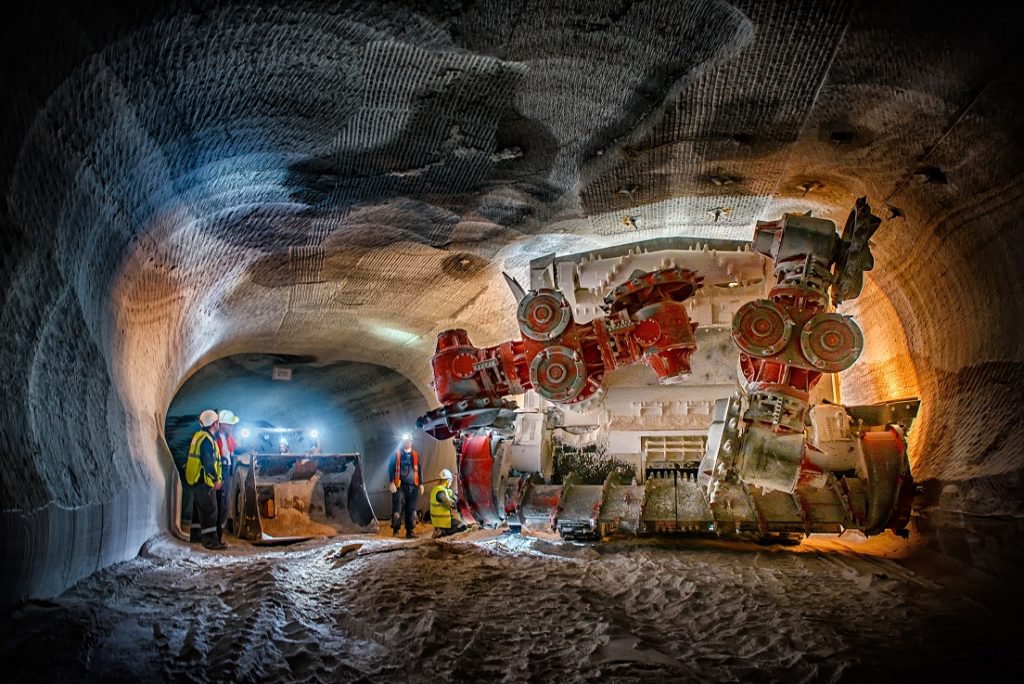In its H1 2020 results, EuroChem provided an update on its two major new potash mines in Russia, namely Usolskiy in the Perm region based on the Verkhnekamskoe potash deposit; and VolgaKaliy in the Volgograd region based on the Gremyachinskoe deposit. Both mines are using large fleets of Kopeysk Machine-Building Plant Ural-20R potash mining combines manufactured in Kopeysk near Chelyabinsk.
At the Usolskiy Potash Project the ramp-up of production continued during the first half, with 1.05 Mt produced as of June 30, 2020. The two shafts, four flotation lines and all the site’s compaction trains are now fully operational. Projected design capacity for 2020 is at twice the level achieved in 2019 and estimated at 2.3 Mt. The Group says it is confident that it is on track to meet this target. Full phase one ramped-up capacity will be 3 Mt/y of potash, expected to be reached in the early-to-mid 2020s. The second phase comprises the construction of a third shaft, which has already commenced, and an expanded processing plant, which will increase ore mining capacity by nearly 50% to 14.4 Mt/y, lifting final production capacity to 4 Mt/y.
EuroChem also continues to develop its VolgaKaliy Potash Project. The surface beneficiation plant is nearly complete and operations will begin later this year in test mode to ensure not just grades and quality but also the recovery of raw ore levels as the mine expands. Drilling has already reached the sylvinite layer at the deposit and EuroChem aims to reach the main potash production panels later this year. The total hoisting capacity of the two skip shafts is 10 Mt/y, which will allow the mine to ramp up to Phase 1 full production capacity of 7.3 Mt/y of ore in 2021-22. The second phase assumes the availability of a third shaft and a new processing plant. Construction of the third shaft, under the protection of a freeze wall at a depth of 810 m, continues. The third shaft will increase capacity for ore mining and extraction from 10 Mt/y up to 14.6 Mt/y.











